Among animals other than pets that live in human living areas, rats are one of the most familiar animals. Rats have been causing various damages to human life since ancient times, but even in modern times when public health has improved dramatically, they have adapted skillfully to urban environments such as inside buildings in large cities and increased in number, causing problems. increase.
Looking at the number of consultations on rodents in Tokyo, although the total number of consultations has been gradually decreasing since 2008, there are still more than 6,000 consultations on damage. A recent trend is that rats, which have increased in downtown areas, have expanded their habitat to surrounding residential areas, causing various damage not only to shops in downtown areas but also to nearby residents.
In addition, one of the trends seen in recent years is that the number of victims in elderly households is increasing. It is difficult for elderly people to get rid of rats by themselves because their physical functions decline with age. There are some cases where rats invade houses are left unattended, and even if the damage becomes serious, it is difficult to solve the problem on your own.
Rat species and habits
The three most common types of rats that cause harm to humans are black rats, brown rats, and house mice. We will introduce each feature.black rat
The body length is about 15 to 20 cm. Most of the consultations for which the type of rat is known are due to black rats. If you can't tell the species apart, treat it as a black rat.Black rats are good at climbing high places. After the war, with the development of high-rise buildings, it is believed that black rats, which are good at vertical movement, increased in number by feeding on waste from garbage storage areas and kitchen waste in highly airtight (heat-retaining) and safe buildings. It is
Later, in the 1990s, when redevelopment work in downtown areas began to take place frequently, it is said that black rats increased damage in residential areas because they fled from demolished buildings and their surroundings and moved to nearby residential areas. I'm here.
Black rats are also characterized by their strong vigilance and high learning ability. Brown rats and house mice are relatively easy to get caught in poison baits and traps, but the alertness and cleverness of black rats make it more difficult.
Black rats have a tail length of about 15 to 26 cm, and tend to be the same or slightly longer than the head and body length. On the other hand, brown rats tend to have a slightly shorter tail than their head and body. The ears are relatively large and can be pulled forward to cover the eyes.
The abdomen is tan and the tail is black. They are poor swimmers and are often found in ceilings and attics. They will eat anything, but they tend to prefer plant matter such as grains and fruits, and dislike animal meat and seafood. They are active during the daytime, but are mainly nocturnal in urban areas.
brown rat
Body length is less than 20 cm. They inhabit watersides and wet land, such as around sewers, rivers, coasts, lakesides and marshes, and are good at swimming. Unlike black rats, they are not very good at climbing high places, so they live mainly on the ground or in the lower floors of buildings.
Rat rats are not often seen on upper floors, and rats scurrying around attics are usually black rats.
Brown rats are also omnivorous, but compared to black rats, they tend to prefer animal products such as meat and fish. The abdomen is gray and the tail is whitish. They are not as vigilant as black rats, and they are highly sensitive to poison bait (vulnerable to poison).
house mouse
Body length is less than 10 cm. They are smaller and less athletic than brown rats and black rats. They inhabit various environments such as grasslands, fields, riverbeds, banks, wastelands, sand dunes, and around houses and commercial facilities. They are not as vigilant as black rats, and they are highly sensitive to poison bait (vulnerable to poison). For food, they prefer grains and seeds.super rat
Since the 1990s, "warfarin-resistant rats," whose livers are resistant to the poisonous bait warfarin, have been seen. Rats that are resistant to these poisonous baits are called "super rats".
Most of the super rats are black rats, but they have also been seen in other types of rats. Rodenticides that are effective against super rats are also being researched, and recently rodenticides containing zinc phosphide and difethialol are on the market.
what kind of damage is done
When rats are in human habitation, various damages come out.property damage
The most common damage is damage to goods and homes due to feeding damage. Food and clothing displayed in department stores and supermarkets have been bitten by rats and lost their commercial value. , devalue furniture and homes.
In severe cases, rat-chewed electrical cords can short circuit, and rat urine can cause sparks that can damage electrical equipment and even start a fire. In Tokyo, there are dozens of electrical accidents and fires that are thought to be caused by rats every year.
Health damage
The most frightening sanitary hazard is the transmission of infectious diseases to humans by rodents (rodent-derived infectious diseases). Rats have been reported to be hosts for various zoonotic infectious diseases.Hemorrhagic fever with renal syndrome (HFRS)
Hantavirus, the pathogen, is excreted in rat feces and urine, and humans are infected by contact with it. It is accompanied by symptoms such as fever, severe bleeding from the conjunctiva and skin, and proteinuria.Leptospirosis
It is an acute febrile disease caused by pathogenic leptospira. Pathogenic leptospira are excreted in the urine of wild animals such as rats, and people become infected by drinking or touching urine-contaminated water.
There are various symptoms, from a mild form similar to the common cold to a severe form (Weil's disease) with renal impairment.
rat bite
The causative agent is a bacterium called Spirillum minus, and it is said that 3 to 25% of brown rats carry this bacterium. When infected, swelling occurs at the bite site, accompanied by symptoms such as fever and rash.salmonellosis
It is thought that rodents become infected with Salmonella, excrete the bacteria in their feces, and contaminate food and cooking utensils.dermatitis
House dust mites live on mice. House dust mites feed on mouse blood. Therefore, when a large number of dust mites breed in a mouse burrow, or when the host mouse dies and it becomes difficult to secure dust mite food (blood), the dust mites will leave the mouse and search for food.
When a person is bitten by a dust mite, it causes intense itching and a rash.
psychological harm
The psychological distress caused by the presence of rats is also considered a serious harm. Especially in households with small children or elderly households who cannot take care of themselves, hearing a crunching sound can cause them to feel strong anxiety and stress due to the fear of being bitten and imagining other damage. there is.Types of rat measures
Brown rats and house mice with low vigilance and high susceptibility to poison bait can be exterminated relatively easily.
However, it is the black rat that is the most difficult to deal with these days. In Tokyo, black rats are said to account for about 90% of all known rat damage.
The first thing to do is to identify the type of rat. Different rodent species require different countermeasures. For brown rats and mice, the use of drugs such as poison baits and repellents is effective.
Another method is to use traps (box traps (baskets), sticky traps, crushing traps, etc.) to capture them. The next step is to identify entry routes and activity locations. Look for rat signs (tracks of rat activity) to understand in as much detail as possible the routes and locations of entry.
Examples of rat signs: Rat droppings, bite marks, nests, holes and scratches
After identifying the intrusion route and activity location, repairs are carried out to prevent them. For example, use a metal scrubber to block the hole that is the entry route, use a tortoiseshell wire mesh to cover the route, or repair the gaps in the pipes with putty.
Even if it's not an expensive major construction job, the repair can be done relatively easily with the materials you have on hand.
*However, in some cases, it may be better to ask a professional to install electrical wiring, ceilings, high places, and other dangerous locations.
For example, black rats build their nests in various places, such as in the ceilings of buildings, inside the walls, behind electric appliances such as refrigerators and televisions (they are warm because they have heat sinks), and inside and outside air conditioners. They mainly look for food at night, and move to garbage and food storage areas through pipes such as electric cables, gas pipes, and drainage pipes that are stretched inside the building.
Therefore, the openings of pipes and wall penetrations are repaired to prevent intrusion. Brown rats build their nests in burrows in green areas or in the soil of sidewalk shrubbery. Since they are active in relatively low places in buildings and rooms, they roam kitchen floors and sewers in search of food.
They may build their nests in hidden places such as countertops, countertops, and inside flowerpots. Look for rat signs in these areas and take action.
physical control methods
Finally, we'll show you how to get rid of invading rats. It is an effective method for brown rats and house mice. Black rats are highly vigilant and have low sensitivity to poison bait, so it is highly recommended to ask a professional if necessary.Adhesive sheet
By setting it in a place where they are actively active, the aim is that the sticky material will stick to their feet and stick to their bodies.
You can catch the rats alive, but it is also possible that the rats that are caught may drop feces and stain the area around the adhesive sheet, so it is recommended to lay out newspaper at the same time. It is important not to change the placement frequently (for at least 3 days).
However, if it doesn't work, you may want to try the opposite method. If you put it outdoors, it is not uncommon for birds to get caught on it, so it is better to avoid putting the adhesive sheet outdoors.
When using sticky traps, if you suddenly place the trap in the passageway, the rats will be wary of unfamiliar objects and will not approach them, so they may not be captured. In this case, if you leave the sticky side of the trap unexposed at first, and leave the sticky side exposed when the mouse gets used to its presence, you may be able to capture it.
Box trap (basket)
This is an effective method mainly for brown rats. Lure the rats out with bait and trap them in cages to catch them. The size is quite large, so you choose the installation location, but you can use it repeatedly. They can also be caught alive.
In the case of the type that catches rats by pinching them with a spring that operates quickly, the force of the springs is strong and body fluids may splatter from the trapped rats, so spread newspaper or cover with cardboard. It's a good idea to keep
Click here for Inohoi's recommended mouse box trap >>
Poison bait (rodenticide)
To ensure that the poisonous bait is eaten by the target, clean up the surrounding bait before using it. Instead of placing a large amount in one place, first place a small amount at multiple points.
Determine the points where you eat a lot, and then put a lot of them there. After confirming that the rats have started to eat, keep them until they stop eating. When using poisonous bait, be careful not to accidentally ingest it by pets or children.

 箱罠
箱罠
 くくり罠
くくり罠
 パーツ類
パーツ類
 電気柵
電気柵
 自作キット
自作キット
 防獣グッズ
防獣グッズ
 監視カメラ
監視カメラ

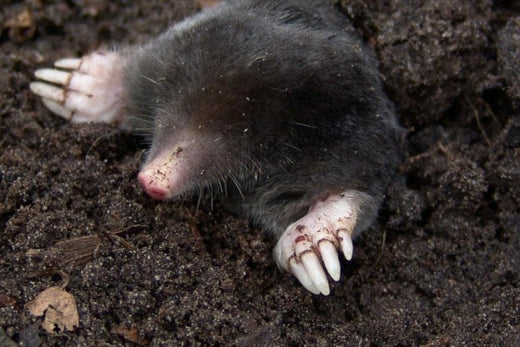
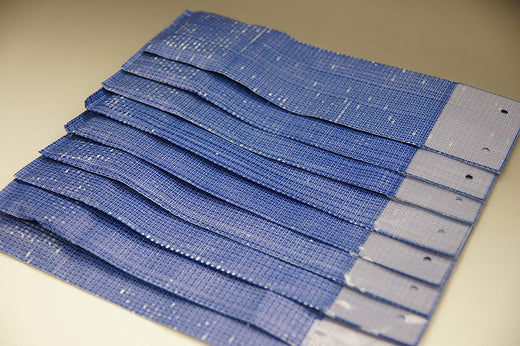
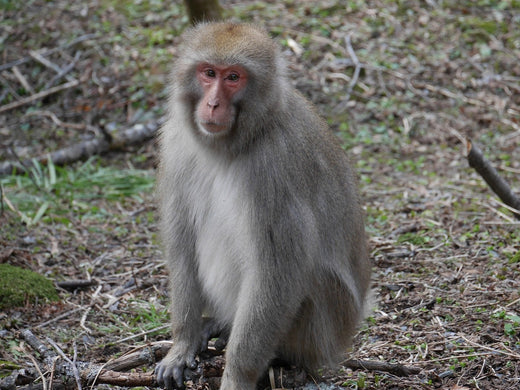
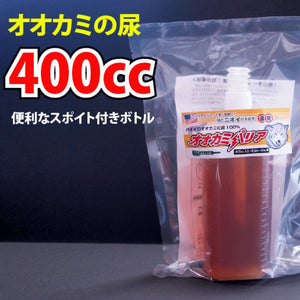

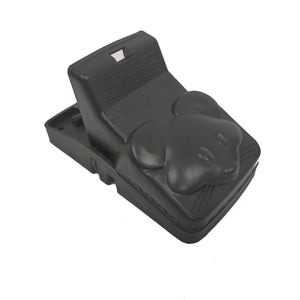

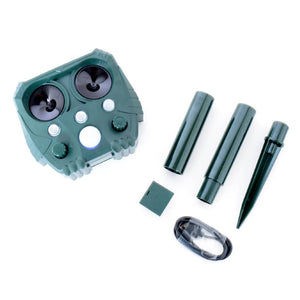
 box trap
box trap
 tying trap
tying trap
 enclosure trap
enclosure trap
 Prevention and avoidance goods
Prevention and avoidance goods
 electric fence
electric fence
 trap surveillance camera
trap surveillance camera
 transportation goods
transportation goods
 Trap detection sensor
Trap detection sensor
 hunting supplies
hunting supplies
 hunting books
hunting books
 Anti-bird goods
Anti-bird goods
 Agricultural materials/machinery
Agricultural materials/machinery
 boar
boar
 deer
deer
 Kyon
Kyon
 monkey
monkey
 raccoon
raccoon
 Badger
Badger
 palm civet
palm civet
 raccoon dog
raccoon dog
 nutria
nutria
 mouse or rat
mouse or rat
 Mole
Mole
 bear
bear
 pigeon
pigeon
 Crow
Crow







